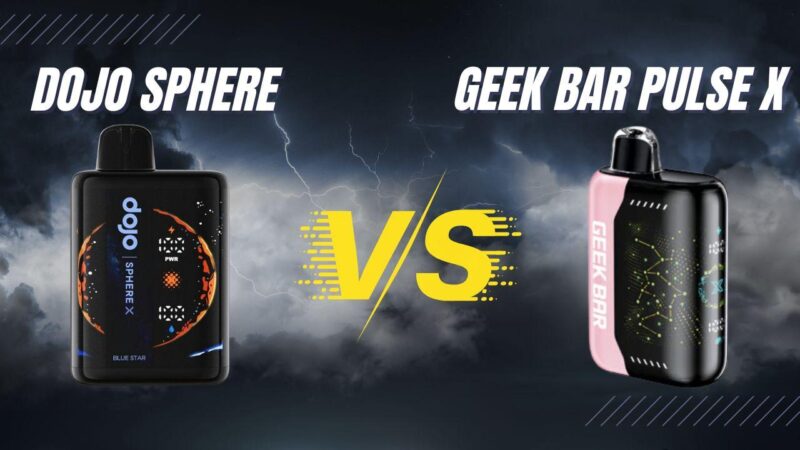Image source: https://www.freepik.com/
Football is changing and coach-to-player communication technology is leading the way. The old way of using hand signals and sideline boards to communicate plays is becoming a thing of the past. College football is going to trial coach-to-player communication technology in ball games this season.
This new technology allows coaches to talk directly to players through helmet communication systems, just like the NFL.
Communication may not stop at the helmet. Wearable technology like wristbands or belt screens could be the answer. These devices could allow for team-wide communication and revolutionize in-game strategy and player coordination.
History of Football Communication
Football communication has advanced greatly. From hand signals to radios, coaches’ communication with players has changed the game.
Pre-Tech
In the old days, football coaches used primitive communication methods. Hand signals and visual cues were the only way to communicate with players on the field. Coaches would use pre-determined gestures to signal specific plays or formations.
Sideline boards with numbers or symbols became popular, and teams could quickly send complex messages. Players memorized these codes during practice so they could change plays during the game.
Verbal shouts and whistles were used in addition to visual signals, but they were limited in loud stadiums. These simple systems paved the way for more advanced communication systems.
Radio Systems
The introduction of radio technology marked a major advancement in football communication. In 1994, the NFL approved radio communication for all 32 teams, which changed the way coaches communicated with players during games.
This system involved a transmitter headset for coaches and receiver earpieces in players’ helmets. It allowed for real-time instructions and strategy adjustments without relying on visual cues.
Radio communication improved play calling and prevented opponents from decoding signals. However, it also introduced new challenges, such as equipment failures and signal interference.
Real-Time Communication
As technology has advanced, so has the coach-to-player communication system. Modern systems now have high-quality audio and more reliable connections, so technical issues are minimized during critical moments.
Image source: https://www.freepik.com/
An automatic cutoff was added to prevent coaches from talking to players the entire play. This ensures fair play and prevents communication from stopping 15 seconds before the play clock expires.
Integration with other technologies, such as tablets, for instant replay has taken it to the next level. Coaches can now make more informed decisions and send more detailed instructions based on real-time data and visual feedback.
Current Tech in Coach-to-Player Communication
Modern football and game tactics listed in youth football playbooks rely on advanced communication systems to improve team performance and execution. These technologies allow real-time communication between coaches and players to make decisions and coordinate on the field.
In-Helmet Devices
Coach-to-player communication has changed the way teams deploy in-game strategy. These devices are a small receiver and speaker in the quarterback’s helmet.
Coaches use a secure radio frequency to send play calls and instructions directly to the player. The NFL allows one-way communication from coach to quarterback, and the signal cuts off 15 seconds before the play clock expires.
Some college programs are investigating similar technology to improve their game management. These systems have clear audio and reliable connections, even in loud stadiums.
Sideline Equipment
Sideline signaling is still a major part of football communication. Teams use large boards with symbols, numbers or colors to quickly convey information.
Digital boards have become more popular and can send more complex and dynamic signals. These LED boards can change messages fast and make it harder for opponents to decode.
Some teams use multiple signalers or decoy signalers to confuse opponents. This low-tech approach still works for keeping secrets during games.
Wearables
Wearables, such as GPS trackers, heart rate monitors, and accelerometers, are becoming more popular in football, especially during practice.
Coaches use data from these devices to monitor player performance, fatigue and positioning. This helps them create training programs and make informed decisions about player rotation.
Some advanced systems allow coaches to send vibration alerts or short messages to players’ wearable devices. This feature allows for discreet communication during games or practice and increases tactical flexibility.
Communication and Game Strategy
Coach to player communication shapes football strategy in real time. It allows for quick tactical adjustments, better play execution and more time usage during the game.
Play Calling Efficiency
Clear communication between coaches and players improves play-calling efficiency. Coaches can quickly communicate complex strategies, and players can better understand and execute plays.
Efficient communication systems like hand signals or code words allow teams to adjust fast to game situations. This is a big advantage, especially in high-pressure situations.
Advanced technology, such as helmet radios for quarterbacks, has changed play calling. These tools allow coaches to give instant guidance and make the offense more dynamic and reactive to defensive alignment.
Dynamic Defense Adjustments
Good communication enables real time defense adjustments. Coaches can send information to defenders on the field about opponent formations and tendencies.
This feedback loop allows defensive coordinators to counter offense quickly. Based on coach input, players can reposition, change coverage or change blitz packages.
Coach-to-player dialogue during timeouts or between plays is key to fine-tuning defense. It helps teams better address weaknesses and exploit opponents’ weaknesses.
Time Management
Communication has a big impact on time management in football. Coaches can send urgency to players so they understand the importance of clock management in critical situations.
Clear signals for timeouts, hurrying up offense or clock-stopping plays help teams win in close games. This precision can be the difference between winning and losing.
Communication also helps with substitutions and personnel changes. Quick and clear instructions allows players to get in and out of the game fast and avoid costly delays or penalties that can kill momentum.
Future Trends and Innovations
Technology is rapidly improving coach-to-player communication in football. New tools and systems are improving strategy and team performance on the field.
Augmented Reality (AR) Integration
AR will change how coaches communicate with players during the game. Helmet visors with AR displays will allow players to see real-time tactical overlays and opponent positioning data, allowing coaches to visually guide players through complex plays and formations.
Coaches may use AR to highlight open receivers or gaps in defensive coverage. Players could receive visual cues for route adjustments or blitz pickups. AR integration faces challenges in processing speed and data accuracy to ensure split-second decision-making isn’t impaired.
Artificial Intelligence (AI) in Play Analysis
AI algorithms will enhance in-game strategy by analyzing vast amounts of data in real time Coaches will leverage AI insights to make more informed decisions about play-calling and player substitutions.
Key AI applications:
- Predicting opponent play calls based on formation and situational data
- Identifying player fatigue levels and suggesting optimal substitution times
- Analyzing defensive schemes to recommend the most effective offensive plays
- AI-powered systems will provide coaches with probability-based recommendations, enhancing their ability to make quick, data-driven decisions during crucial moments.
Communication Regulations and Fair Play
As technology advances, leagues will need to establish new regulations to maintain competitive balance. The NFL’s Future of Football Committee will likely play a key role in shaping these rules.
Potential regulatory considerations:
- Limits on the amount and type of data transmitted to players during games
- Standardization of AR and AI technologies across all teams
- Protocols for technology failures to ensure fair play continuation
- Balancing technological innovation with the integrity of the game will be crucial. Regulations will aim to preserve the human element of coaching while allowing for enhanced communication and strategic analysis.
To conclude
The introduction of coach-to-player helmet communication technology marks a pivotal moment in college football. This advancement promises to streamline gameplay and enhance strategic execution on the field.
Real-time in-game communication between coaches and players will debut in the 2024 NCAA football season. The technology, which mirrors systems long used in the NFL, will bring college football into a new era of technological integration.
The NCAA’s approval of this communication system for the upcoming season signifies a major shift in how teams will operate during games. It eliminates the need for complex hand signals and sideline boards, potentially reducing confusion and miscommunication.
While the implementation may face initial challenges, the long-term benefits are expected to be significant. Improved play-calling efficiency and reduced delays could lead to a more dynamic and engaging spectator experience.
As college football embraces this new technology, it sets the stage for further innovations in the sport. The future of football communication looks bright, with the potential for even more advanced systems to enhance player performance and team strategies in the years to come.












